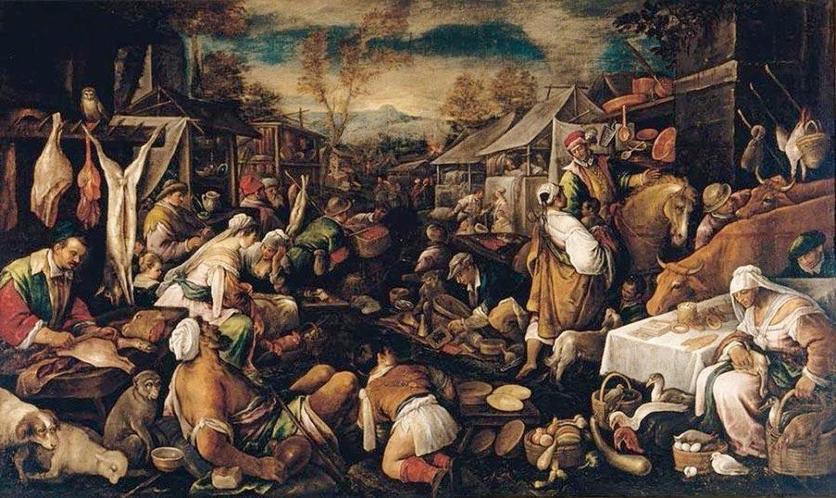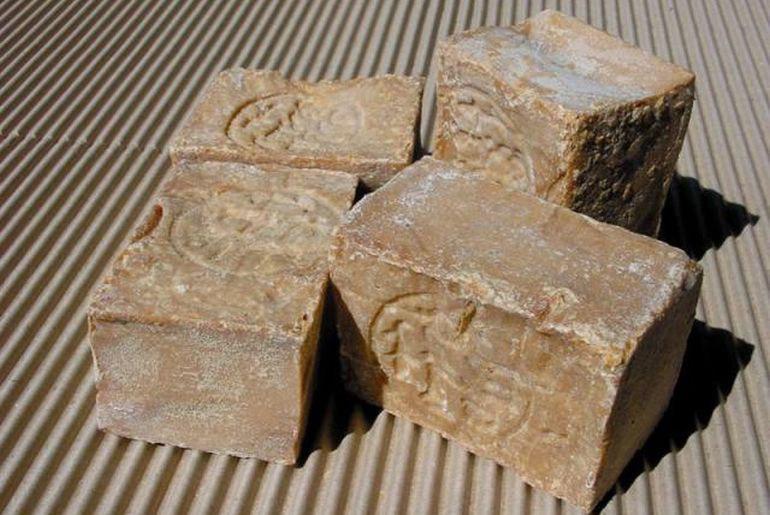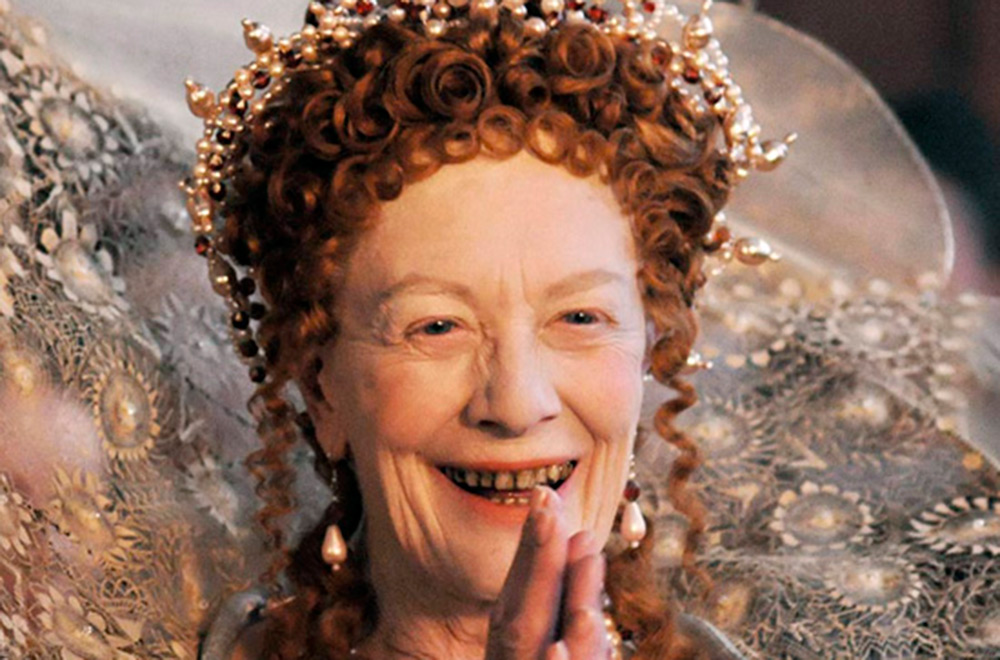
Whether the ladies wigs were infested with rats? And the Louvre had no toilets, and the inhabitants of the Palace were emptied directly on the stairs? Even noble knights defecate right in the armor? Well, let’s see how dreadful was medieval Europe.
Baths and bathing
Myth: In Europe there were no baths. Most Europeans, even the nobles, were washed one time in your life in baptism. The Church was forbidden to bathe, not to wash off the “Holy water”. In palaces filled with the stench of unwashed bodies, which tried to suppress the spirits and incense. It was considered that due to the water treatment people get sick. Toilets, too, was all defecate there, too.
In fact: we got a huge number of artifacts that prove the opposite: baths and sinks in different shapes and sizes, buildings for water treatment. The most notable Europeans were even portable devices for bathing – to wash .
Preserved documents: in the 9th century Aachen Cathedral, decided that the monks themselves to bathe and wash their clothes. However, the inhabitants of the monastery believed bathing sensual pleasure, and therefore limited: they are usually washed in cold water once a week. Completely abandon bathing the monk could only after making vows. However, ordinary people there was no restriction, and the amount of water procedures they have established themselves. The only thing that forbade the Church is a collective body of men and women.
There also codes bath attendants, and laundresses; the laws regulating the construction of toilets in the city, recording the expenditure on the baths, etc. according to the documents, in only one Paris in the 1300s, there were 30 public baths – so no problems to wash up, the townspeople were not.

Although during the plague of baths and bathing were really closed: believed that people become ill because of sinful behavior. Well, the public baths at times performed the functions of public houses. Besides, at that time in Europe, almost no forests – and in order to heat the bath, we need the wood. But, by the standards of history, this is a pretty short period. And should not exaggerate: Yes, rarely bathed, but washed. Absolutely unsanitary conditions in Europe never had.
Sewage on the streets
Myth: the streets of large cities has not been cleaned for decades. The contents of chamber pots were emptied directly from the Windows, on the heads of passers-by. There’s also the butchers gutting the carcass and scattered the guts of animals. Streets were buried in feces, and rainy weather on the streets of London and Paris rushing river of sewage.
In fact: until the late nineteenth century, the big city was really an unpleasant place. The population rapidly increased, land was not enough, and the water supply and Sewerage as something did not add up – so the streets quickly become dirty. But to maintain the purity of the tried – come down to us records of the city authorities, in which he calculated the cleaning costs. And in the villages and never had this problem.
Soap passion

Myth: soap is to the XV century did not exist – instead, with the smell of dirty bodies coped incense. And then a few centuries they washed only the hands and face.
In fact: soap is mentioned in medieval documents as a totally normal thing. Preserved many recipes, from the most primitive to the “premium”. And in the XVI century, Spain was a collection of useful recipes for Housewives: according to him, self-respecting women used… different types of cleansers for the hands and face. Of course, medieval to modern toilet soap far: it rather resembles economic. But still, it was soap and used it on all sectors of society.
Rotten teeth is not a symbol of the aristocracy

Myth: healthy teeth was a sign of low origin. Know considered white-toothed smile to shame.
In fact: Archaeological excavations show that this is absurd. And in medical treatises, and of various manuals of the time you can find tips about how to get teeth white, and how not to lose them. In the middle of the twelfth century German nun Hildegard von bingen was advised in the morning to rinse your mouth. Hildegard believed that the fresh cold water strengthens teeth and makes them brittle warm – these recommendations are preserved in her writings. Instead of toothpaste in Europe have used herbs, ashes, ground chalk, salt, etc. Means, of course, debatable, but still they were designed to maintain a white smile and didn’t mean to mess it up.
But the lower classes teeth just fell out due to malnutrition and poor diet.
But what in the middle Ages were really the problem – so it is with medicine. Radioactive water, ointments of mercury and tobacco enemas – the most progressive methods of treatment of the time telling in the article “Crazy medicine from the past”.
